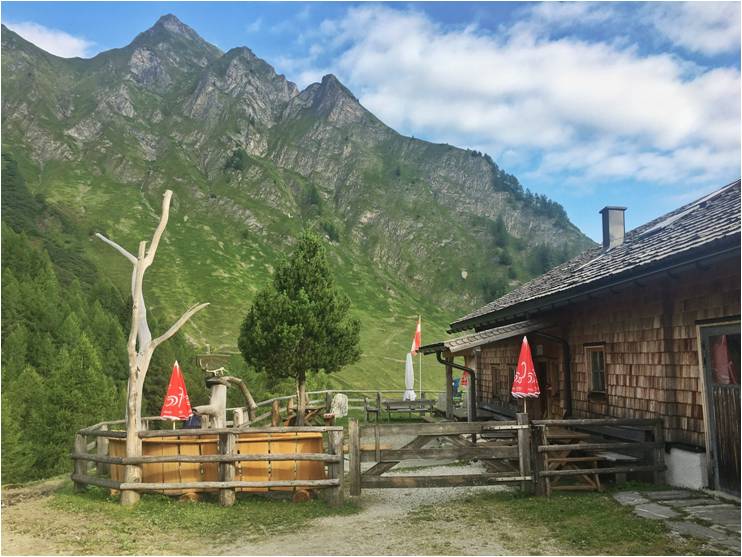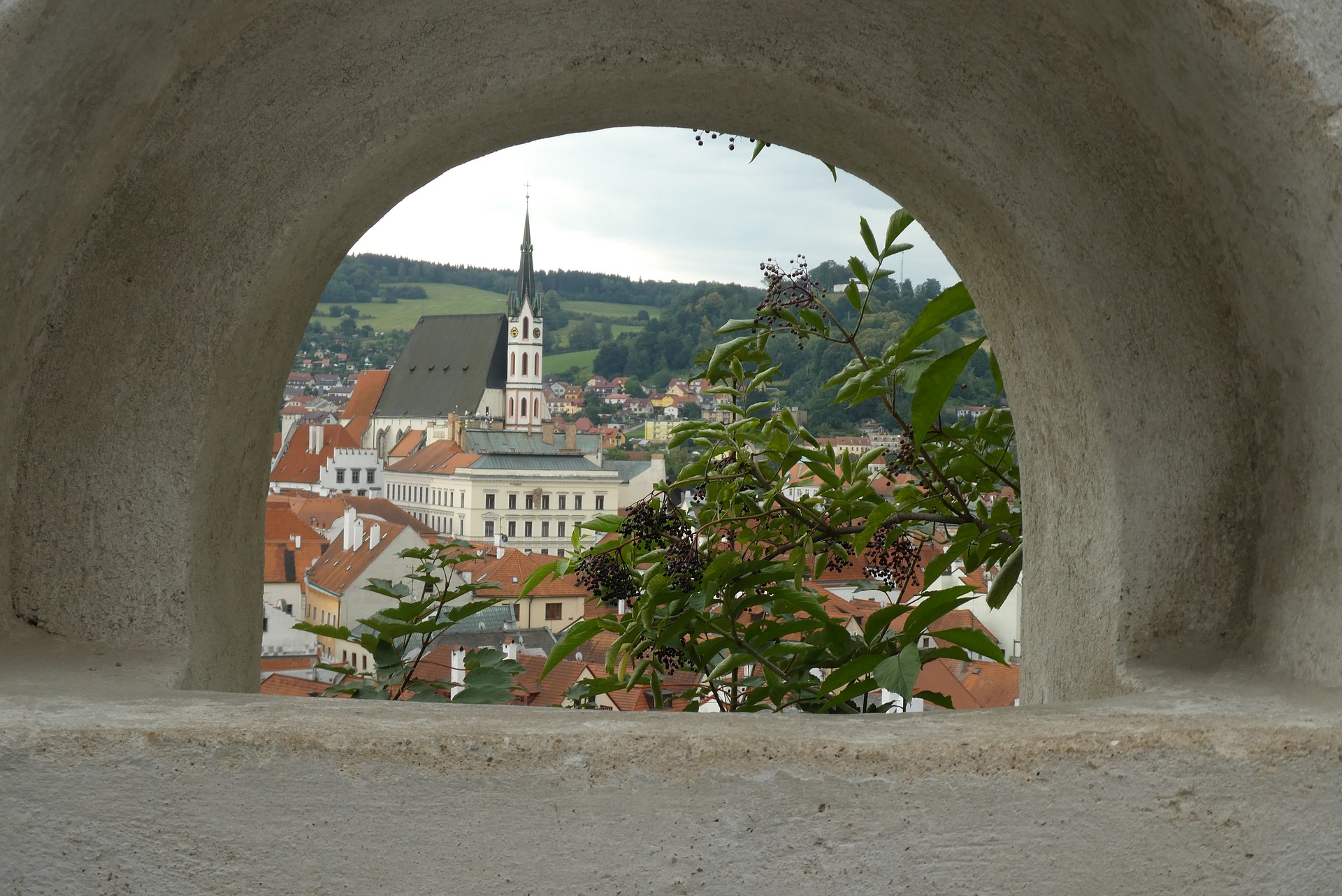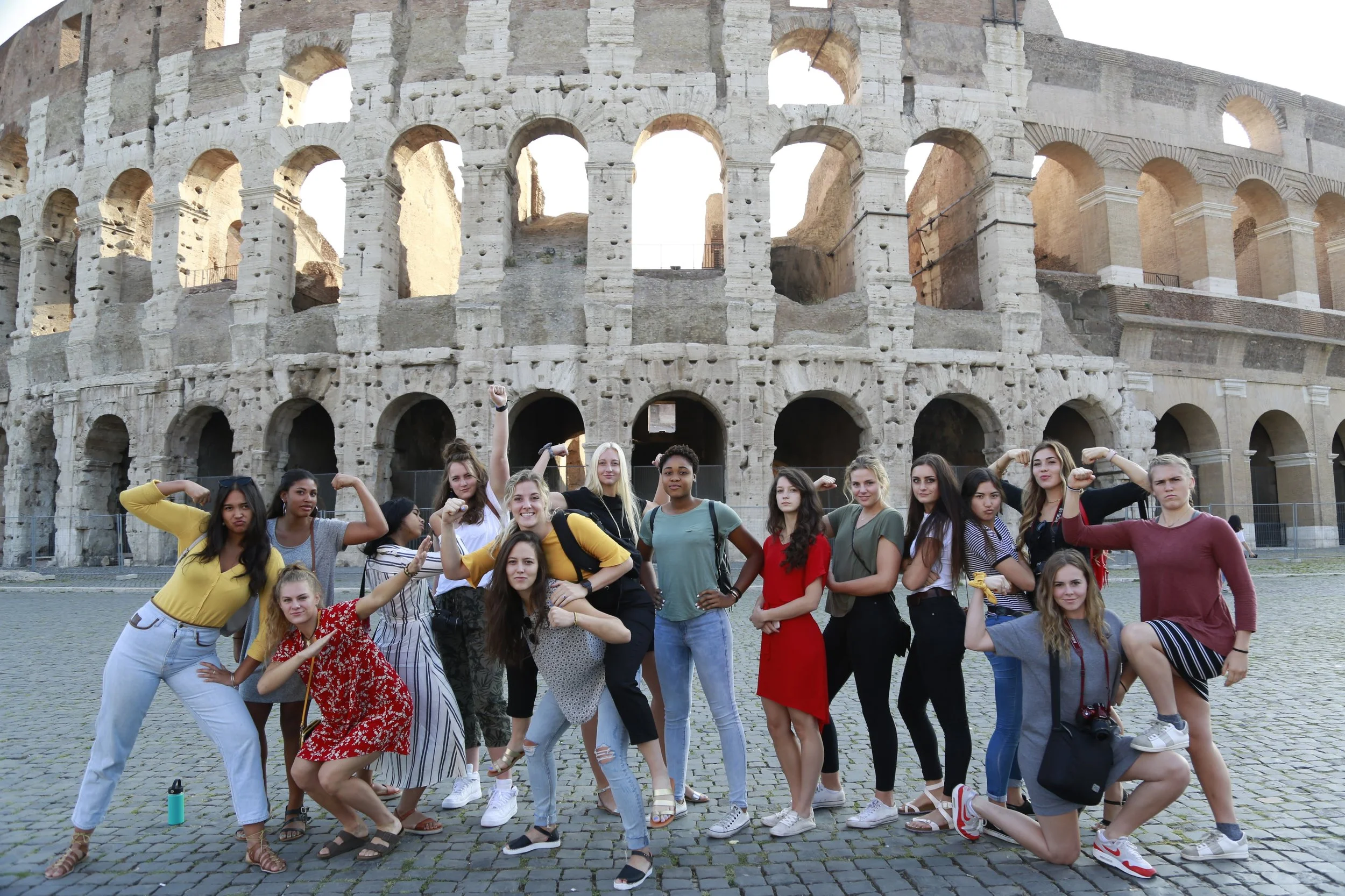You would think that Austria has only two major seasons worth visiting: summer with the open-air concerts in Salzburg, alps trekking, and strolling the sun-drenched streets of Vienna. And then winter for some delightful skiing and Christmas markets. Right? And you are partly correct in that the mountain areas actually do observe these two tourist driven seasons and in between these seasons many of the mountain resorts and hotels will actually be closed. But in the urban areas, tourists actually flock to Austria year around so let’s take a look at when to visit Austria by season.
Spring – April to May: What’s nice about this season is that Austria finds itself transitioning into summer so accommodations are still easily available with good bargains to be found. You will see fewer crowds overall as the temperature is often cooler with rain a possibility for April. Packing an umbrella or a raincoat is not a bad idea. Another advantage of traveling in non-peak seasons is cheaper flights.
Some of the best regions to explore in Austria during this season include Vienna which offers cultural and architectural highlights. Strolling through Vienna’s many promenades, markets, cathedrals, and palaces scattered throughout this must-see European city is a delight while areas like Wolfgangsee, near Salzburg, is a great opportunity to see greenery and spring flowers in bloom. You can also take a ferry ride or a gondola car ride at St. Gilgen.
Summer – June to August: Salzburg in summer is a must, largely due to the music festivities of the Salzburg music festival. The peak months to experience the music festivities are July and August. You will experience more crowds, and you can also expect prices to go up with regards to accommodations and even flights. Booking in advance can still result in bargains however. The Zell am See with its sapphire blue lake and Zeller See are also best seen in summer. While Hallstatt is yet another gem that is beautiful no matter which season you visit, summer offers you beautiful views over the lake and the opportunity to see the ice caves and understand the importance of salt mining in this picturesque town.
The 16th-century Alpine houses and alleyways of Hallstatt can be explored in a day, but try and stay two to three days to immerse yourself in this village. The Chinese were so smitten with this town that they re-created part of the town in China. I don’t blame them. If I could live in Hallstatt forever, I would! Since 1997, this village has been on the UNESCO World Heritage list.
A funicular railway connects to one of the oldest known salt mines in the world and is well worth exploring (only possible with a guided tour) to better understand the history of this village. The process to get into the mines includes wearing overalls which will make you feel like you are going inside the mine as a worker. Post tour, don’t miss the Hallstatt Skywalk nearby for exhilarating views of the lake and the town.
The final must visit attraction is a 4-hour excursion into the Ice Caves and the 5 Fingers lookout, which is a 20-minute walk from the entrance to the caves. Hallstatt has one of the best ice caves in the world in the nearby Dachstein Alps.
Visiting Austria in this season means you also have access to hiking the alps as well as experience the spa region in the mountainous Gastein Valley. The Gastein Valley is home to three different communities called Bad Gastein, Dorfgastein, and Bad Hofgastein. I feel like these towns are still rooted in centuries-old traditions which is what makes it so charming to visit. My first afternoon in the valley began with a cable car ride up to the Stubnerkogel in Bad Gastein. The views on this ride are fantastic but not as breathtaking as a walk on the 140-meter long suspension bridge that sways gently in the wind. I spent the rest of the afternoon hiking the nearby alps, and caught my first sighting of the Chamois. Chamois is an agile goat-antelope with short hooked horns, found in the European Alps, the Pyrenees etc. I also had my first taste of Chamois meat that night as we settled into our mountain hut, Heinreichalm, overlooking the gorgeous Alps. The hut is located in the middle of nowhere, has a cozy dining room as well as a lovely outdoors patio with a view. Leaving the hut was hard as I was enjoying the solitude and the scenery way too much. But we had miles to go, or rather I should say peaks to summit, before we reached town again and so we started off the next day at 9am after a leisurely breakfast in the morning.
I summited five different peaks that day, at times climbing steeply uphill, and at other times strolling through flat terrain. Arriving at the wellness Hotel Das.Goldberg is the perfect way to wind down after a trekking expedition on the Austrian alps! The hotel is set on a hillside above the town of Bad Hofgastein and actually right on one of the ski slopes. The rooms are spacious, while the spa and the view from the heated pool area is breathtaking.
Fall – September to October: As you can imagine, fall in Austria with its red and golden hues take over the landscape. The weather will be pleasant although it can get chillier toward the end of October. You also will see less crowds as the peak tourist season is over by the time September rolls around. Trekking through the North Austrian Lakes, or cycling along the Danube, touring Tyrol etc are all terrific ways to experience the country. Vienna proudly hosts Vienna Fashion Week in September and the unique Long Night of the Museums in October.
Winter – November to March: The advantage with visiting during this season is a definite off-season vibe and lower crowds and cheaper accommodations. But this also means snow and possible closures in a lot of the smaller towns. If you’re an avid skier, this is the best time to experience the Austrian alps. St. Anton is known as the skiing capital, while places such as Alpbach, Kitzbuhel, Saalbach, and Solden are also popular for skiing.
As you can see, Austria offers travelers a wide variety of activities, with its dramatic alpine summits, art/music, incredible architecture, and the rich history, and is a destination worth exploring in any season.


















Schnitzels and sausages and roasts, oh my! We are salivating over Vienna’s dedication to a hearty meal over here. Now, it’s not just Vienna, but the capital city of Austria is known for being a cultural epicenter. However, we’ve been all over the country and can confirm that a Wiener Schnitzel can still be expertly made in Graz and Salzburg as well. Just what is it that makes Austrian meat so craveable?